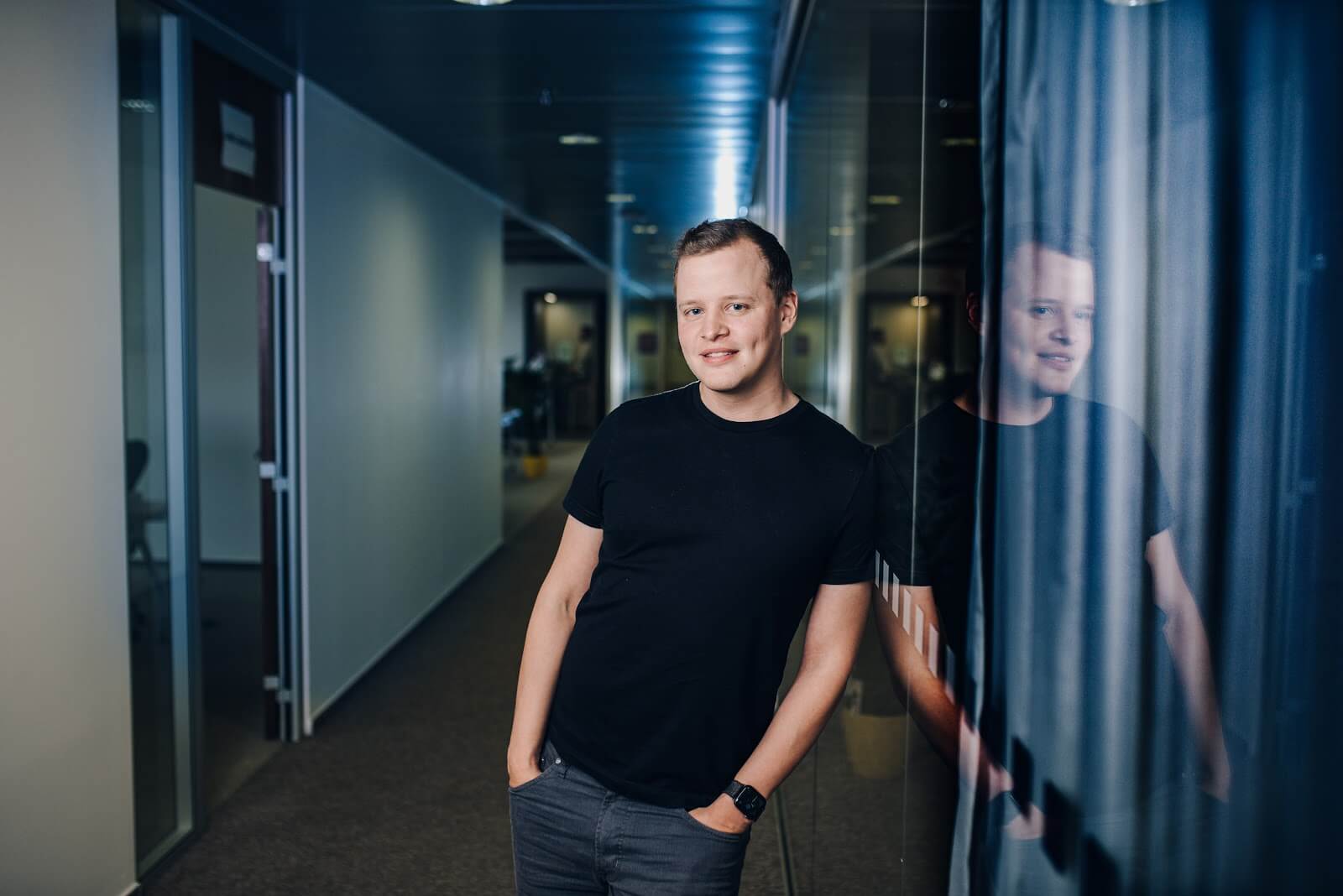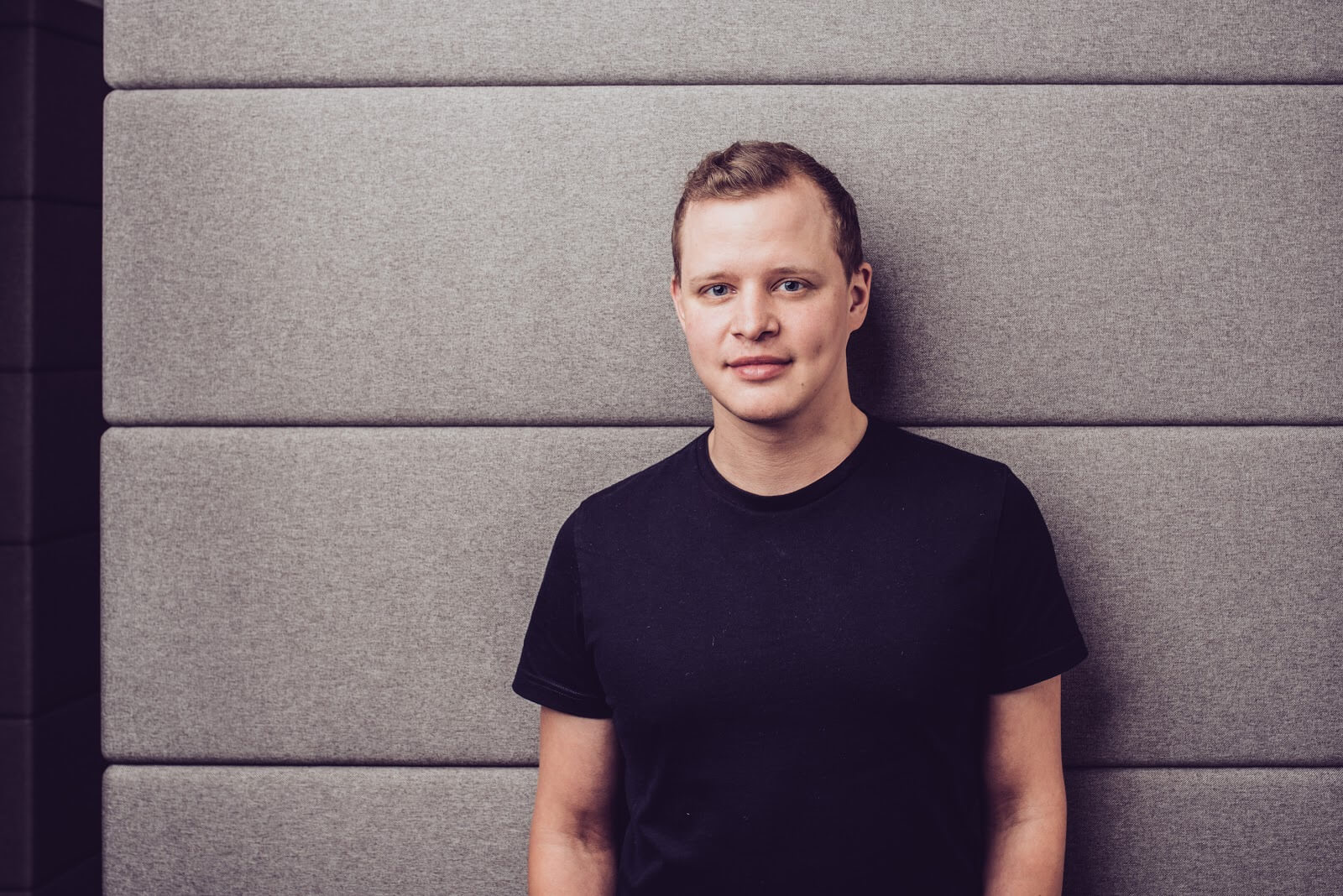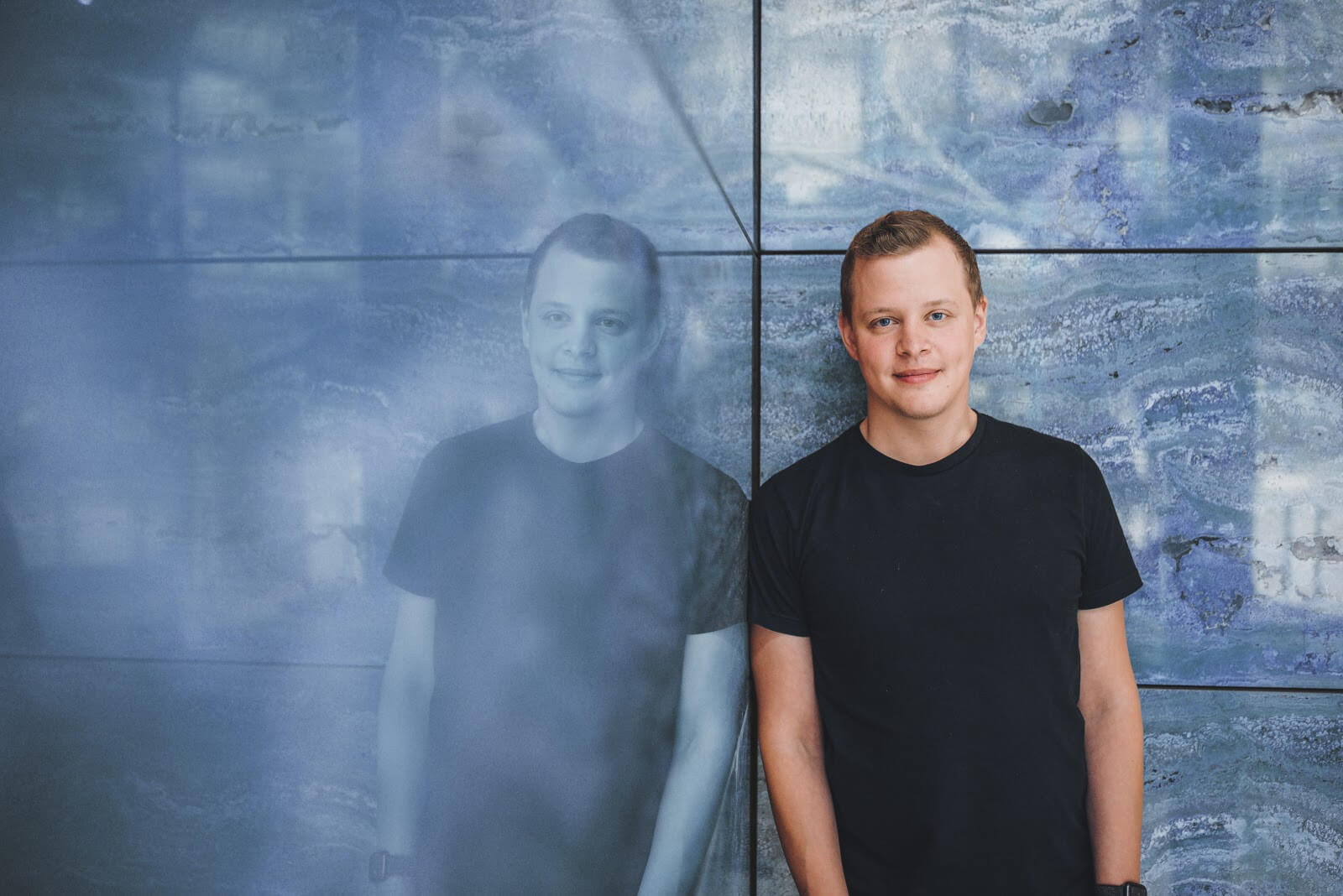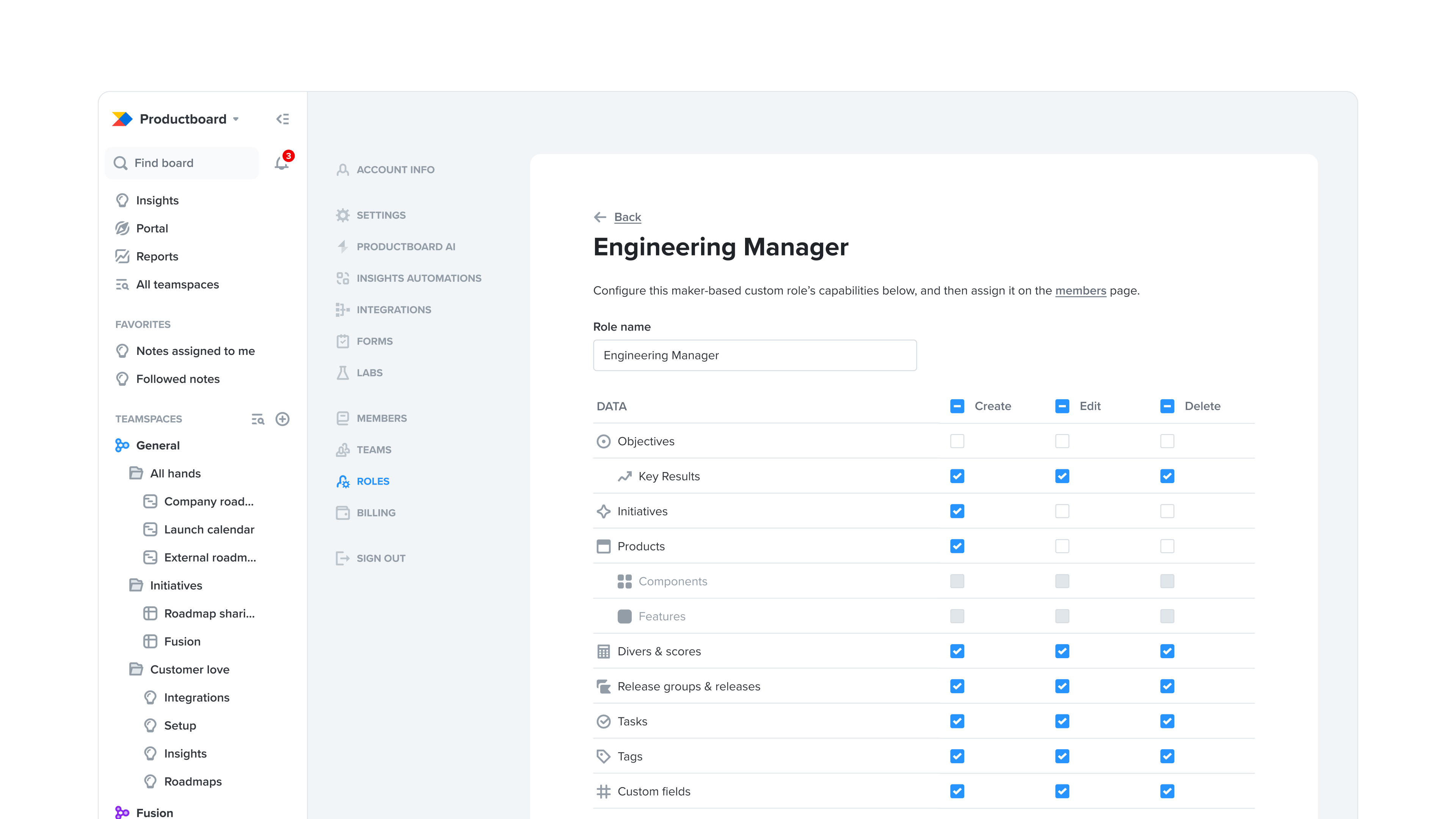An interview with Productboard CTO Daniel Hejl

In a recent interview with the Czech magazine and news site E15, Daniel Hejl, our CTO and Co-Founder, discussed what makes Productboard a unique proposition – not only for companies wanting to build better products but also for engineers in the Czech Republic.
For all the non-Czech speakers out there, here’s a translated version of the conversation. Enjoy!

How has the coronavirus pandemic affected Productboard?
Our growth slowed down temporarily during spring, as many customers had to switch their focus to more urgent problems, like how to transition to a distributed model of work. But since then, we’ve been getting back to the same growth rate we had before the crisis.
How many people does Productboard currently employ, and how are the leadership roles split between you and your co-founder, Hubert Palán?
Our team is currently made up of just over 200 people. Hubert is the CEO of the company. I am the CTO, so I am primarily focused on developing new products and services in addition to running the whole Prague office as a general manager.
Your customers include a number of global corporations. Where are you the strongest, and where do you have the best market position?
In North America. There are quite a few big software companies there who are trying to figure out better ways to take care of their employees’ needs and prioritize more effectively. That’s something we’re helping them with. It’s what we do best.
When you meet with potential new customers in the USA, how is it different than in the Czech Republic?
The main difference here in the Czech Republic is in the relative lack of maturity in people’s thinking about product management. American customers already have their processes in place and know exactly what they want. In contrast, Czech customers often hope that when they start to use Productboard, it will solve procedural issues in their company that they haven’t even begun to work on.
Is that maybe also because they don’t actually understand what you do or how Productboard works? How would you explain what you do?
We help centralize the knowledge of companies around the needs of customers. And then we help them figure out how to work with that information so that it is clear how the product should develop to best meet market demands. That’s how I would define what we do. It may be a bit more challenging to understand for people outside the field.
So how does this help the companies that use Productboard?
It helps companies because they don’t waste thousands of hours of their developers’ time building functionality that no one needs. We are a tool that helps show the digital world which way they should direct their development.
In the world of physical products, it is clear that a table needs to have certain parameters, that it has to have legs, and that it is physically limited by certain constraints. In the digital world, companies like Instagram or Sony have to tackle things like how to make Stories, click-and-buy features, or tagging and swiping up. There are billions of possible ways to decide whether what you want to do is the right thing, and that’s where we can help.
You founded Productboard in 2014. Has what you do evolved since then?
At the beginning, it was all about discovering and studying best practices in product management and figuring out what Productboard should be. I spent about half a year with Hubert in Silicon Valley. We spoke with around a thousand different people, from potential customers to other startup founders, to product and project managers.
It was fascinating to hear how they manage their own products, how they decide what a product should do, how they listen to their customers and learn from their experience. Since then, we’ve built upon those foundations.
How did the idea for Productboard come about in the first place?
Hubert and I had both worked on digital products. I had been a developer for many years, and it seemed interesting to me how we developers spend so much time trying to be faster and more effective. We adopt new technologies, languages, books, and tools, and we automate whatever we can. Then we work for 10, 12, 14 hours a day to add code and functionality, only to find out that customers don’t actually use it. That’s super frustrating. So I started to think about how we could improve that process – how we could verify that someone actually needs a feature before we start building it.
Hubert was previously the Vice President of Product Management at a different company. He was the person held accountable when developers built something and nobody used it or needed it. And he knew there had to be a better way to do it.
Compared to the alternatives to Productboard like Excel, Asana, or Evernote, or any number of other software tools, in what ways are you better?
The whole process is quite difficult. Asana will always just solve one small piece of the puzzle. But then how do I communicate what I am doing to the entire company? Well, for that, I’d need a roadmap. Productboard is a tool that can do that very effectively.
Productboard also allows for different types of analysis and reflects feedback from customers, which I wouldn’t normally be able to do in an Excel sheet. Excel isn’t collaborative. It doesn’t allow for such sophisticated analysis and segmentation.
So would you say that you allow for the most complex possible overview of problem-solving?
As an example, let’s say someone owns a swimming pool as a business and is thinking about how to improve it. They’re thinking, “What can I add to make it better?” So they put out a feedback box, and someone writes, “I want a stopwatch so that I can measure how long it takes me to swim across the pool.” And someone else says, “I want drinks with umbrellas in them and more sunbeds.” And another says, “I want the water to be colder and deeper.” This shows that there are three different customer segments on the market who have different needs, and it’s never possible to build a product that makes everyone happy at once.
There are always some decisions to make. At the beginning of product development, it’s necessary to focus on one segment and try to win it – to make the best product on the market for them. Then it’s possible to grow further and satisfy other needs.
This is the type of thinking that product managers need to do, and we help them with it. So if I were to use Productboard for the swimming pool, I would see that there are different segments there. I would be able to see what mothers need, what professional swimmers need, and so on.

Who are your current clients?
Our larger customers include Microsoft, Avast, and Dell. We also have some smaller or newer companies like Envoy, UIPath, and Metromile, to name a few.
The American investment fund Sequoia Capital recently became an investor in Productboard. You are the first Czech company they have invested in. What attracted them to you?
I think they like that we are in a completely new category of our own. They like companies that create their own markets, who are the first on the market. It was just a few years ago that product management systems started to appear. And now we are set to become the best system on the market.
They like that someone is coming along with something so new, and they want to get a piece of that market. Simply put, we’re not just another customer database or scooter rental app.
Why should developers in the Czech Republic work for Productboard when there are so many other startups out there?
It’s a unique opportunity to work somewhere with an American startup culture and build a product in a category of its own. It’s an opportunity to work in a multicultural environment where the common language is English. We have around 28 different nationalities in our team.
It’s also a great chance to see how product companies are built. For example, we have a lot of people who would someday like to run their own startups, and one of the things they have to learn is product management. And because that’s our domain, it helps them understand how to think about it and how to build it, because we study it here, and it is something that we build our product on. They also pick up product vision, strategy, market positioning, and customer sales. So it’s a very enticing opportunity for many of them.

How do you view working from home at Productboard?
We’re trying to recruit the best people in the world. So we’re even open to recruiting people outside of Prague and San Francisco. We have teams who are in Amsterdam, people in Berlin, as well as in Slovakia. At the same time, we realize the importance of face-to-face meetings, especially informal ones, where people aren’t limited to 60-minute meetings where they have to quickly say what they want and then run back to work.
It’s also important for people to meet and have the opportunity to chat when they are just sitting and working. These types of informal interactions often bring about the best ideas, like when people go for lunch or coffee together. So we are trying to combine the best of both worlds.
Before the crisis, we still had a very distributed company, but we traveled a lot. Lots of people flew from Prague to San Francisco and back to have some face-to-face contact. So we were together a lot of the time and could go out for dinner and discuss things in depth. This is something that we still consider to be extremely important.
Concerning the new investment from Sequoia, what further developments in Productboard are you planning?
Right now, we’re building a bigger team here in Prague. We’re recruiting product managers, designers, and developers. We’ve recently moved to a new office, but people can also work remotely here. We will always be working on our product because a product is never finished in the digital world. There’s always something to improve.




